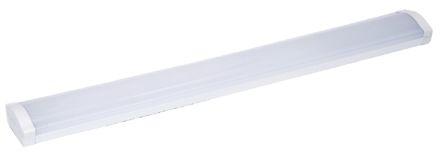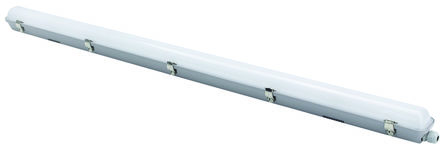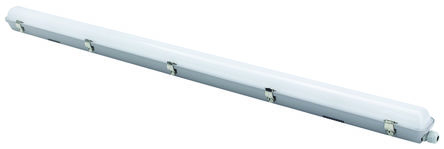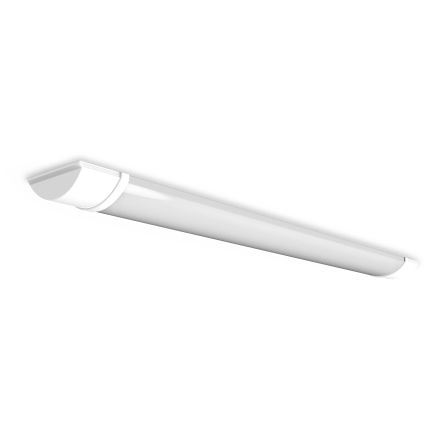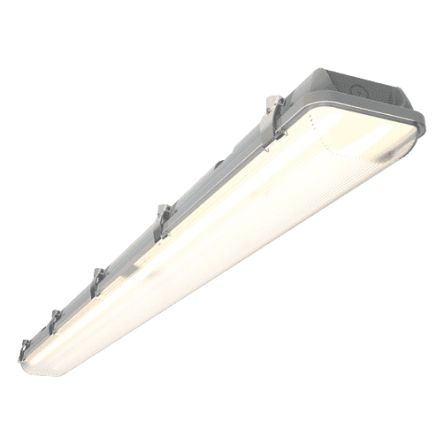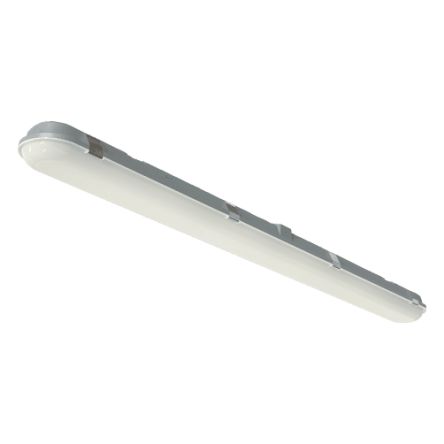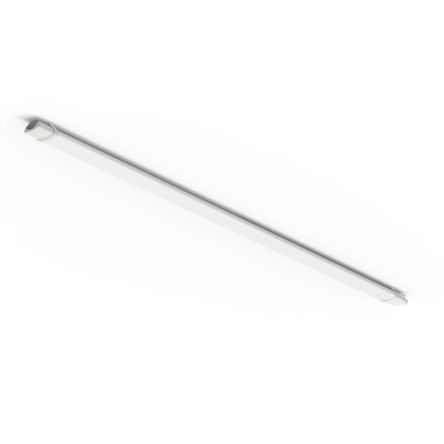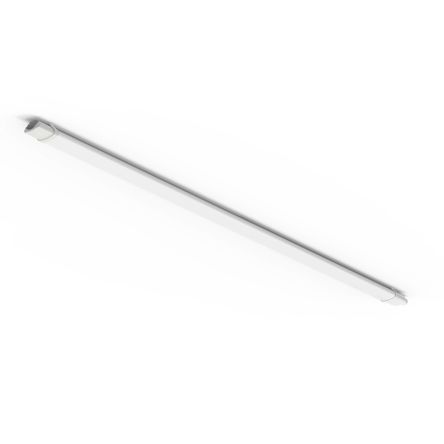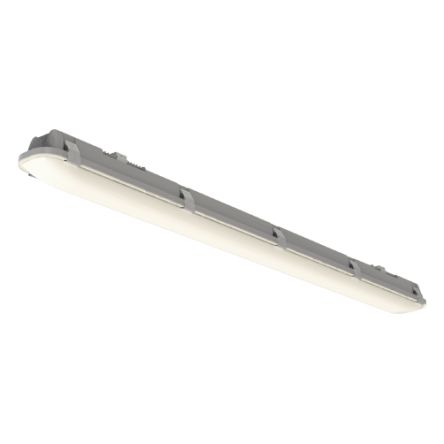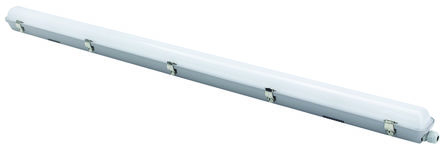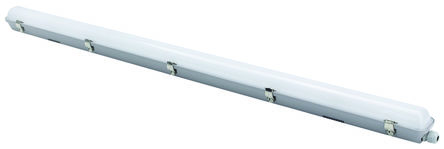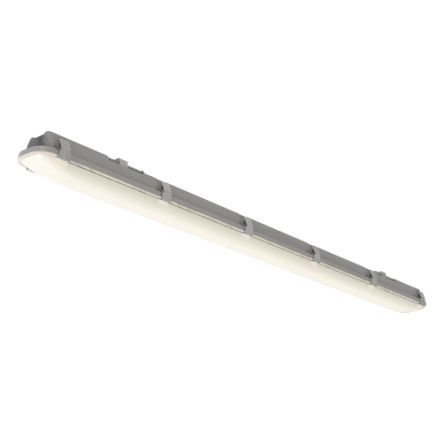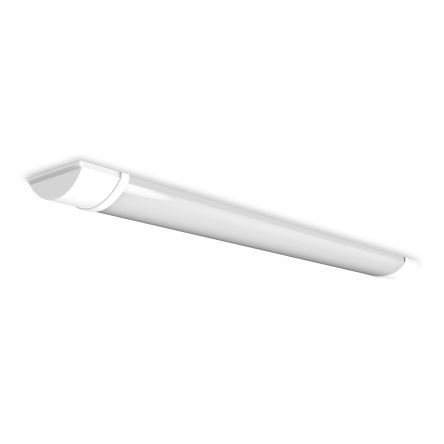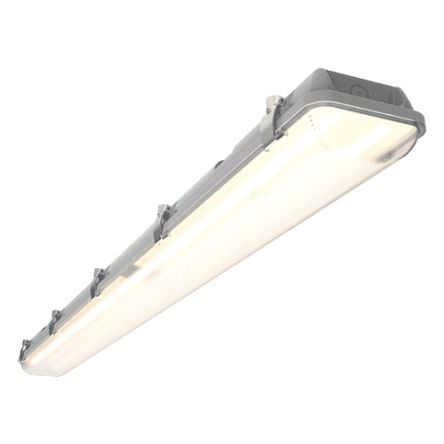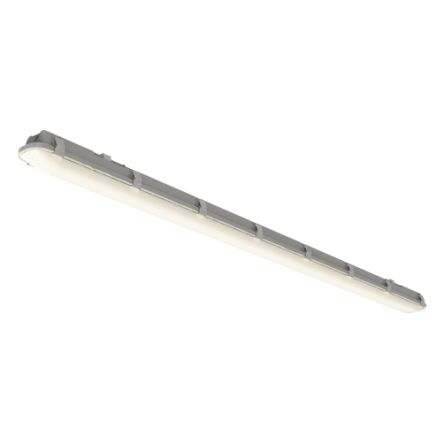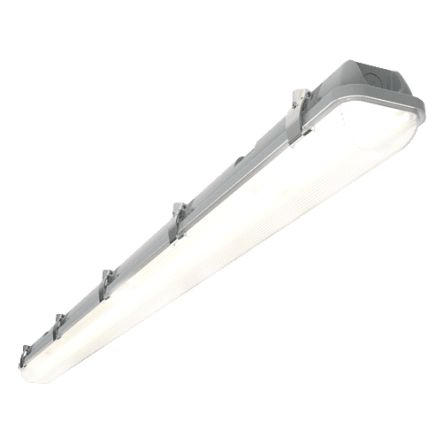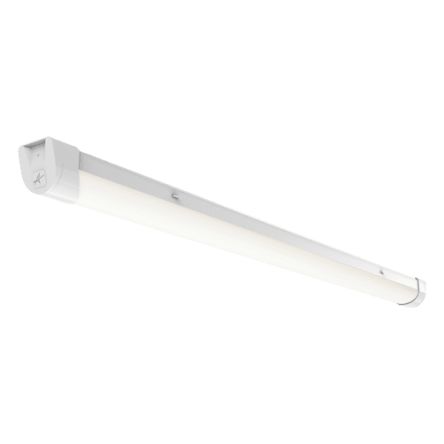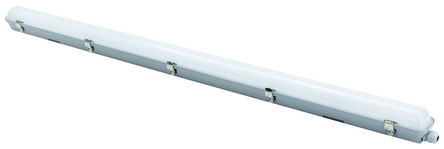- Automation & Control Gear
- Cables & Wires
- Enclosures & Server Racks
- Fuses & Circuit Breakers
- HVAC, Fans & Thermal Management
- Lighting
- Relays & Signal Conditioning
- Switches
- Batteries & Chargers
- Connectors
- Displays & Optoelectronics
- ESD Control, Cleanroom & PCB Prototyping
- Passive Components
- Power Supplies & Transformers
- Raspberry Pi, Arduino, ROCK, STEM Education & Development Tools
- Semiconductors
LED Battens
Popular Searches
Related links
- RS PRO 26W LED Batten Light 1 Lamp IP20
- RS PRO 20W LED Batten Light 1 Lamp IP20
- LEDVANCE 10 W Fluorescent Batten Light 1 Lamp IP20
- LEDVANCE 25 W Fluorescent Batten Light 1 Lamp IP20
- RS PRO 40W LED Batten Light 1 Lamp IP20
- SHOT 18 W LED Batten Light 1.462 m Long, IP20
- RS PRO 30W LED Batten Light 1 Lamp IP20
- LEDVANCE LED Batten Light 1 Lamp IP20
